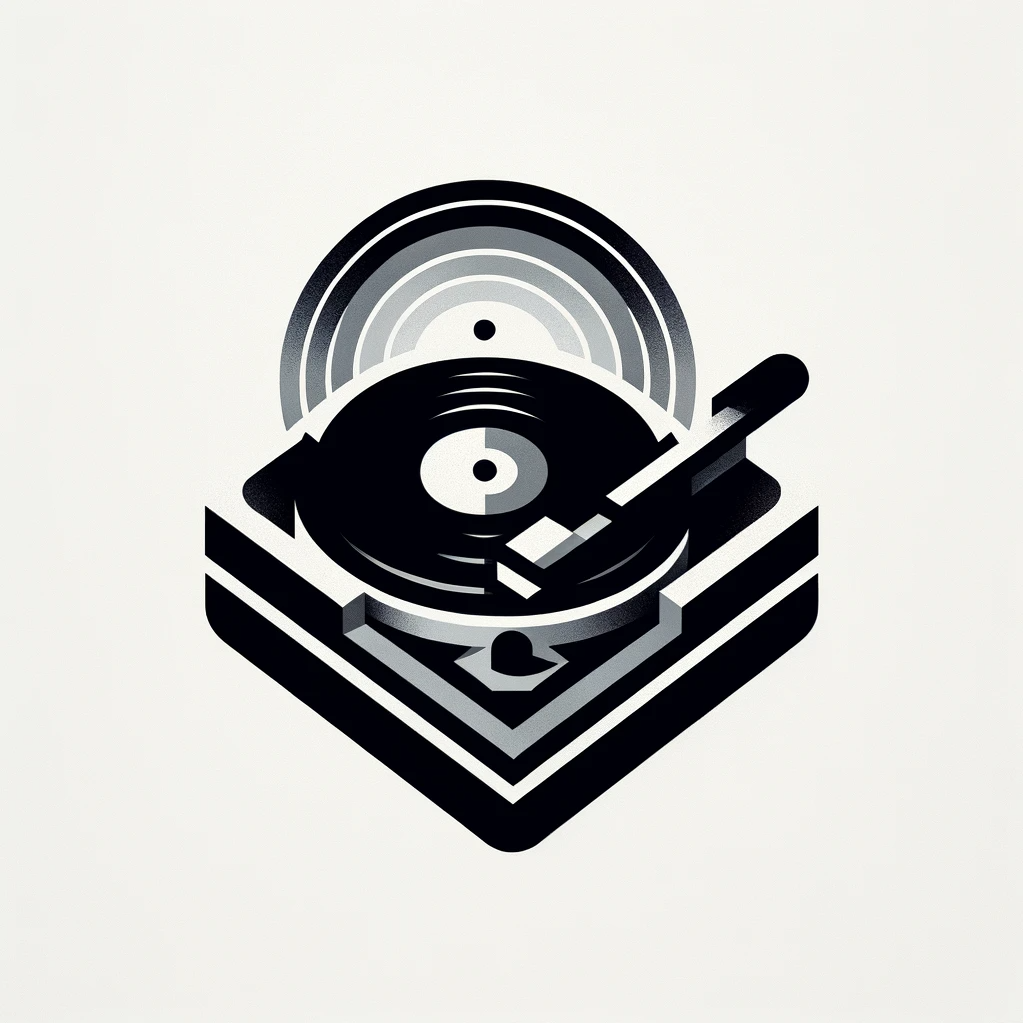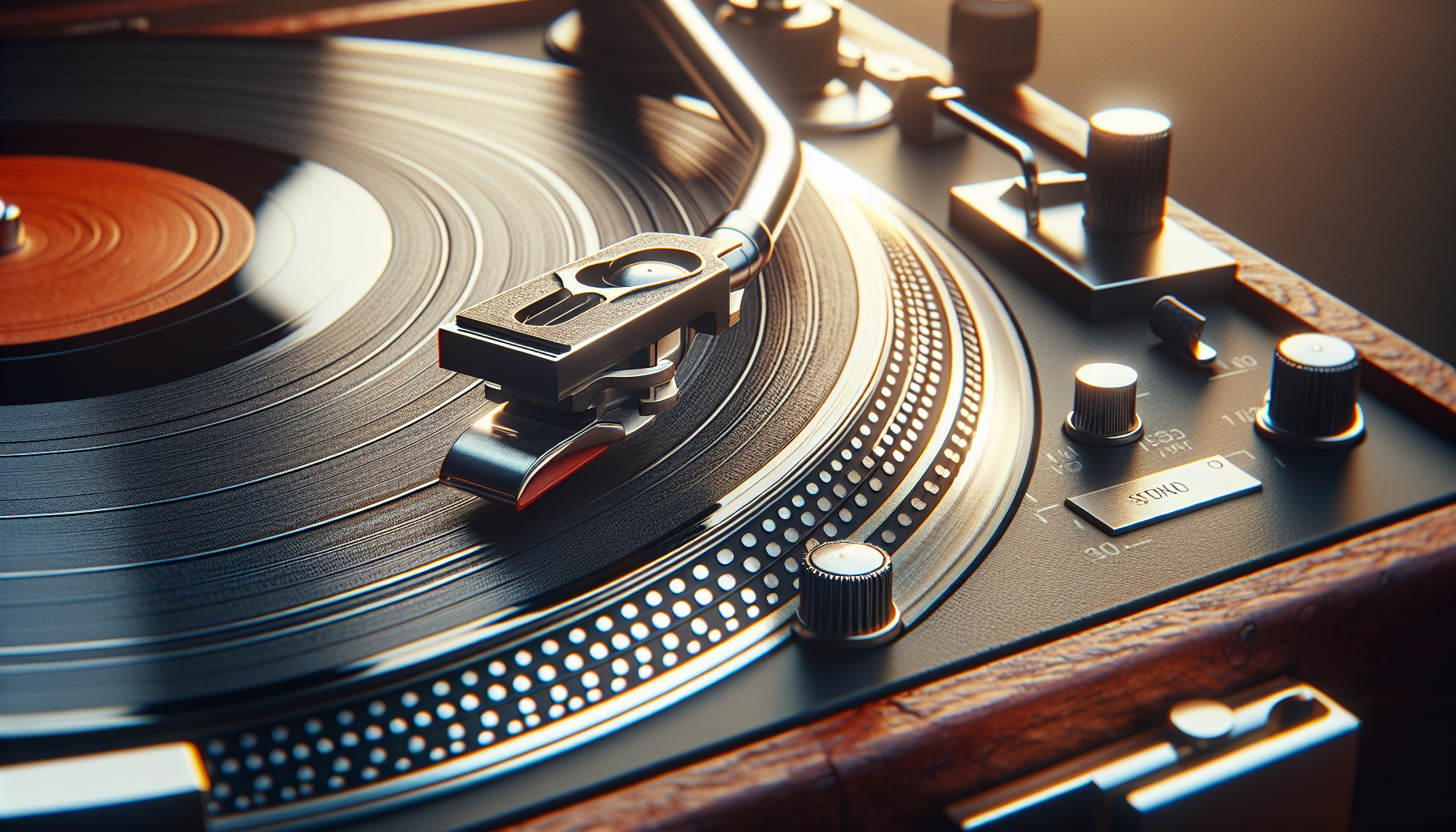If you’ve ever wondered whether a turntable and a record player are one and the same, the answer may surprise you. While the terms are often used interchangeably, there are subtle differences between the two. Luckily, this article will shed some light on the subject and provide you with all the information you need to know about using a turntable as a record player. So, sit back, relax, and let’s explore the fascinating world of vinyl music together!
Definition of Turntable and Record Player
What is a Turntable?
A turntable is a device used to play vinyl records. It consists of a rotating platter where the record is placed, a tonearm with a stylus that reads the grooves on the record, and a motor that spins the platter at a constant speed. Turntables are designed specifically for playing vinyl records and are appreciated for their analog sound reproduction.
What is a Record Player?
A record player, on the other hand, is a broader term that can refer to any device used to play records, including both turntables and all-in-one systems. Record players typically include additional components such as built-in speakers, amplifiers, and radio tuners. While a turntable solely focuses on playing vinyl records, a record player often offers more functionalities.
Differences Between Turntable and Record Player
Functionality
The primary difference between a turntable and a record player lies in their functionality. Turntables are designed solely for playing vinyl records and require external equipment, such as speakers or amplifiers, to produce sound. On the other hand, record players are all-in-one systems that include built-in speakers and sometimes even amplifiers or radio tuners, allowing them to produce sound without the need for additional equipment.
Components
In terms of components, a turntable typically consists of a platter, a tonearm, a cartridge, and a stylus. Any additional functionality, such as sound reproduction or volume control, requires separate equipment. Record players, on the other hand, incorporate all these components into a single unit. They often have built-in speakers, amplifiers, and sometimes even CD players or radio tuners.
Usage
The usage of turntables and record players also differs. A turntable is often preferred by audio enthusiasts who appreciate the purity and warmth of analog sound reproduction. It allows for customization and upgradeability as users can choose their own speakers, amplifiers, and other components. Record players, on the other hand, are more popular among casual listeners or those who prefer a compact, all-in-one solution.
Turntable as a record player
Understanding the Basics
While turntables are primarily designed for playing vinyl records, they can indeed be used as record players by integrating them with additional equipment. This allows users to enjoy the convenience of an all-in-one system without sacrificing the audio quality of vinyl playback.
Turntable Features Required for Record Playback
To use a turntable as a record player, certain features are necessary. These include a built-in preamp or a phono stage, which boosts the low-level signal produced by the cartridge and prepares it for amplification. Additionally, a turntable with a built-in amplifier or the ability to connect to external speakers is required to produce sound without the need for additional equipment.
Steps to Use a Turntable as a Record Player
Setting Up the Turntable
To use a turntable as a record player, start by setting it up on a stable surface, ensuring it is level. Connect the turntable to a power source if it requires external power.
Plugging In the Necessary Equipment
Next, connect the turntable’s audio outputs to either an external amplifier or powered speakers. If your turntable has a built-in preamp, connect it directly to the line-level inputs of your amplifier or powered speakers. In case your turntable does not have a built-in preamp, connect it to the phono inputs of a separate preamp or receiver. Finally, connect the speakers to the amplifier or powered speakers.
Preparing the Record
Before playing a record, ensure it is clean and free from dust or debris. Use a carbon fiber brush or a record cleaning solution to gently remove any dirt. Ensure the stylus is in good condition and properly aligned with the record grooves.
Playing the Record
Once the record is prepared, carefully place it on the turntable’s platter, aligning it with the spindle. Engage the tonearm’s cueing lever to position the stylus above the record. Gently lower the tonearm onto the record, allowing the stylus to make contact with the grooves. Engage the motor to start spinning the platter and enjoy the music.
Considerations when Using a Turntable as a Record Player
Compatibility of Turntable and Records
When using a turntable as a record player, it is essential to ensure that the turntable is compatible with the type of records you intend to play. Different turntables are designed for different record sizes, such as 7-inch, 10-inch, or 12-inch records. Ensure that your turntable’s platter size matches your records to ensure proper playback.
Audio Quality and Sound Reproduction
While turntables offer excellent sound quality, the additional equipment used when using a turntable as a record player can impact audio quality. Choosing high-quality speakers or amplifiers can significantly improve the sound reproduction. Pay attention to the specs of your turntable, speakers, and other components to ensure they work together harmoniously.
Additional Equipment Requirements
When using a turntable as a record player, it is important to consider the additional equipment required. While turntables with built-in preamps or amplifiers simplify the setup process, some setups may require a separate preamp, receiver, or powered speakers. It is crucial to have a clear understanding of the equipment needed to create a functional and enjoyable listening experience.
Benefits and Limitations of Using a Turntable as a Record Player
Advantages of Using a Turntable as a Record Player
Using a turntable as a record player offers several advantages. Firstly, it allows users to enjoy the rich and warm sound reproduction that vinyl records are known for. Secondly, it provides flexibility and customization options, as users can choose their own speakers, amplifiers, and other equipment according to their preferences. Additionally, using a turntable as a record player allows users to appreciate the tangible and nostalgic experience of handling vinyl records.
Disadvantages of Using a Turntable as a Record Player
While using a turntable as a record player has its advantages, there are also some limitations to consider. The setup process can be more involved and may require additional equipment, which can be a hassle for those looking for a simple and convenient solution. Additionally, the cost of purchasing additional components, such as speakers or amplifiers, can add up, making it a more expensive option compared to a traditional record player.
Maintenance and Care for a Turntable Used as a Record Player
Cleaning the Record Player Components
Regular cleaning and maintenance are essential to ensure optimal performance of a turntable used as a record player. It is crucial to keep the stylus clean and free from debris by using a stylus brush or cleaning solution. Additionally, the platter, tonearm, and cartridge should be gently dusted and cleaned periodically to remove any accumulated dirt.
Storing and Protecting the Records
Proper storage of vinyl records is important to preserve their condition and sound quality. Store records in a cool, dry place, away from direct sunlight and extreme temperatures. Use protective sleeves to prevent scratches and fingerprints when not in use. Handling records with clean hands and using a record brush before each play can help prolong their lifespan.
Regular Maintenance for the Turntable
Regular maintenance of the turntable itself is crucial to ensure reliable performance and longevity. Check and adjust the turntable’s belt tension periodically if applicable. Remove any built-up dust or dirt from the motor, platter, and tonearm using a soft cloth or brush. Lubricate any moving parts as necessary and check for any signs of wear or damage.
Conclusion
Understanding the Versatile Nature of a Turntable
While a turntable is primarily designed for playing vinyl records, it can be effectively used as a record player by integrating it with additional equipment. This allows users to enjoy the convenience of an all-in-one system while still benefiting from the superior sound quality of vinyl playback. By understanding the basics of turntables, their required features, and the steps involved in using them as record players, you can create a satisfying and enjoyable listening experience.
Choosing the Right Option for You
When it comes to deciding between a turntable and a record player, it ultimately comes down to personal preferences and priorities. Consider factors such as sound quality, flexibility, convenience, and budget. If you appreciate the analog sound and want the ability to customize your system, a turntable used as a record player may be the ideal choice. However, if you prefer a compact and hassle-free solution, a traditional record player may better suit your needs. Whatever your choice, the key is to enjoy the music and relish in the unique experience of vinyl playback.


